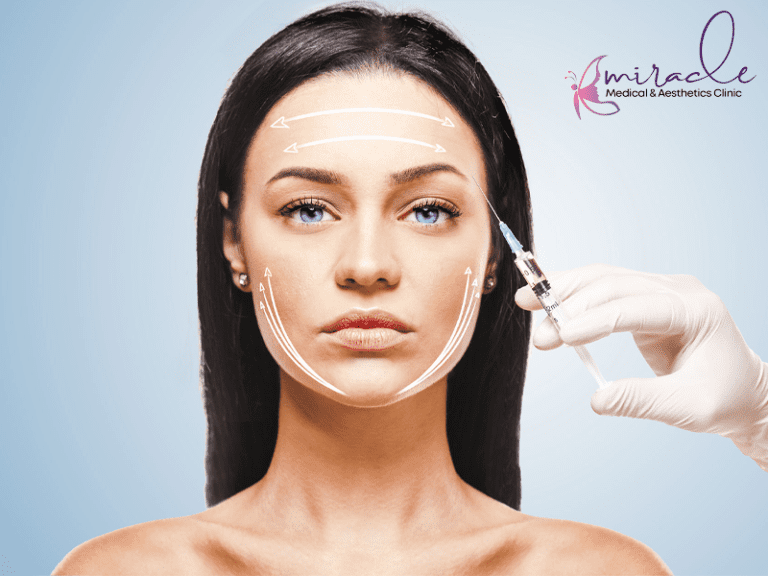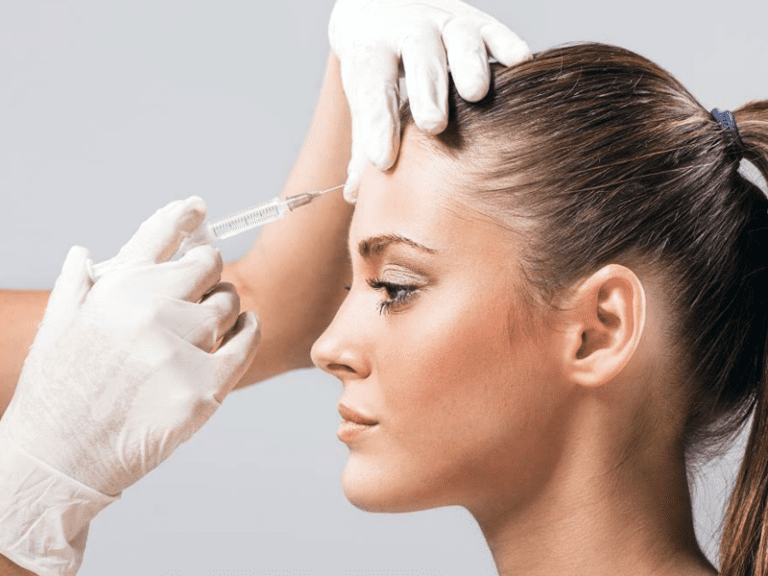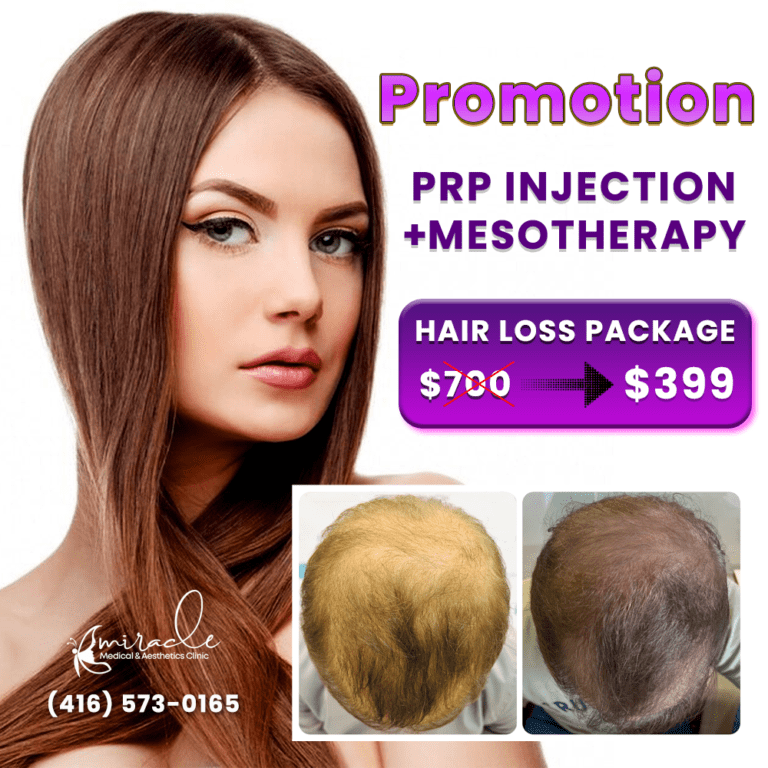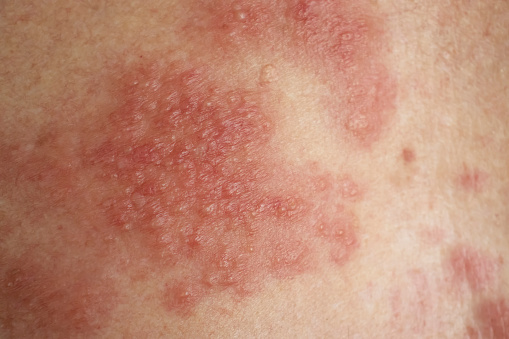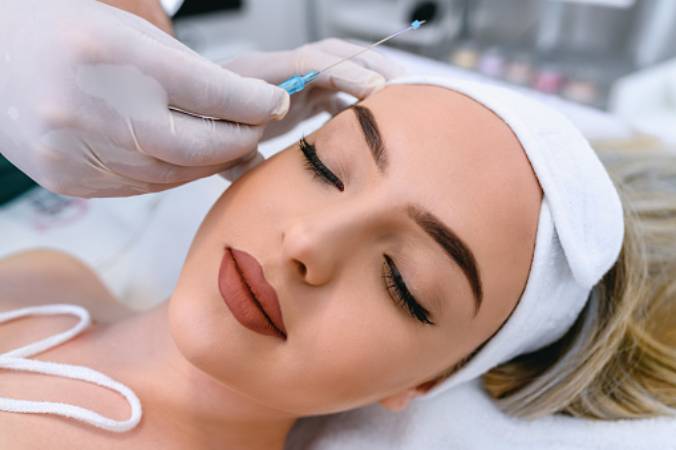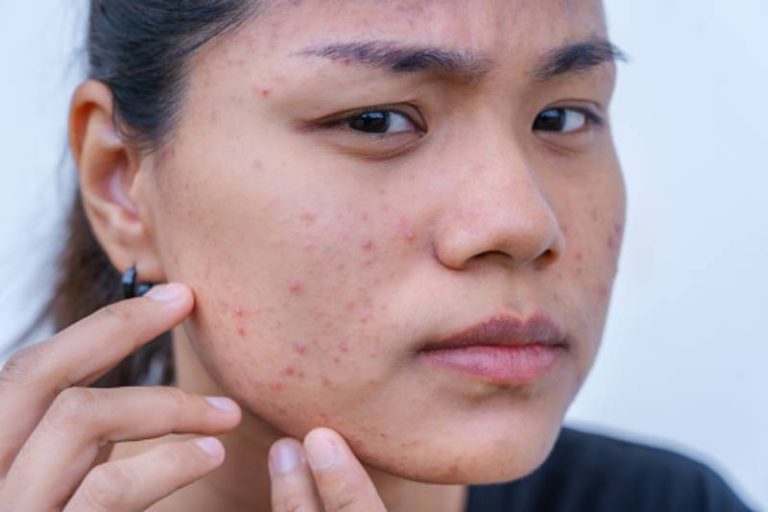Silicone in Skincare
In the world of skincare, there are thousands of different ingredients and formulations. From misunderstood glycerin to trending charcoal to plumping peptides, it truly is a “world”—once you start researching which ingredients to seek and which ones to avoid, you start to feel like Alice falling down the rabbit hole. Perhaps one of the most prevalent—and controversial—skincare ingredients out there is silicone. But if it’s that bad, why is it found in so many skincare products and brands? We turned to the experts to learn more about this popular skincare ingredient and debunk the myths behind it.

What is Silicone?
It’s an ingredient that carries many implications, but what is silicone exactly? And compared to other synthetics, silicone doesn’t require added chemicals to keep its molecules stable. “Since it has no ‘active’ properties (such as an antioxidant or glycolic acid), silicone is thought of as stable and does not react with other ingredients or break down when exposed to air or light,” Svendsen notes.
Benefits of Silicone for Skin
Improves texture: “it gives an instant boost to the skin when applied topically,” Svendsen explains. “It makes the surface of the skin smooth and gives a ‘hydrated’ effect,” she adds. As such, it creates a barrier on the skin that prevents transepidermal water loss.
Vargas adds, “It is water-binding, so it can stay even when the skin gets wet and is an effective delivery system for other ingredients.”
Heals wounds and reduces scarring: Studies show that silicone gels may be effective in wound healing and scar reduction, making them a favored treatment among medical experts.Blendable: When combined with other skincare ingredients,it improves the consistency of the product. This makes application a breeze.
Silicone used in cosmetics, like dimethicone, has not been found to be toxic. Yet, while not necessarily bad for skin, it can cause blemishes and exacerbate existing skin issues if a proper cleansing routine is not followed.
- Keywords: Silicone, Skincare
- miracleadmin
